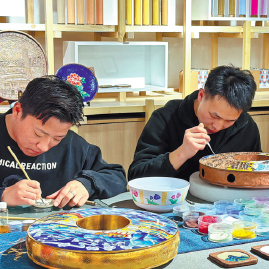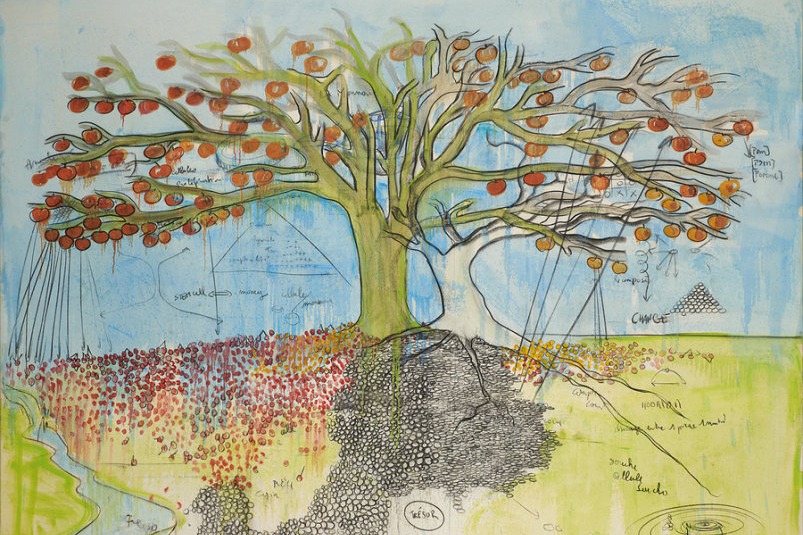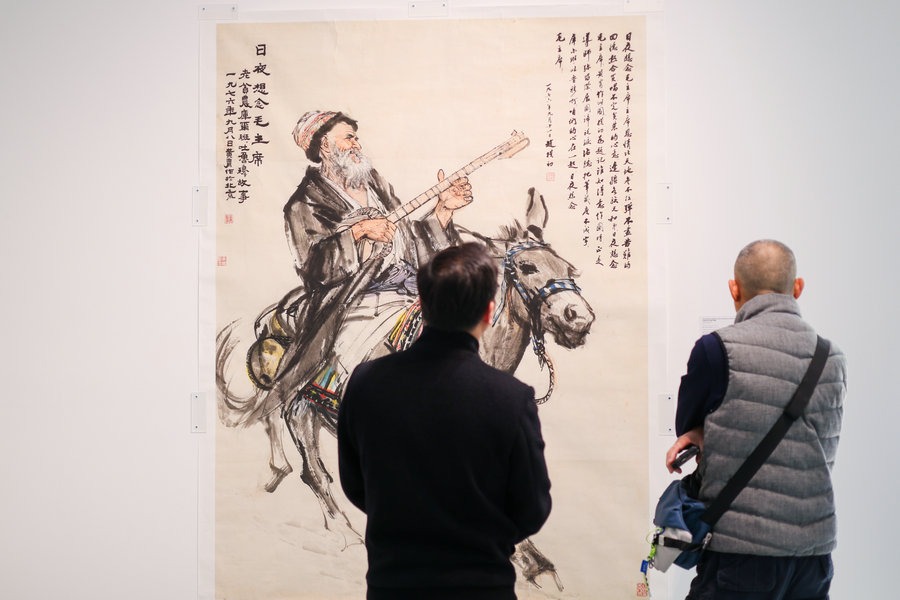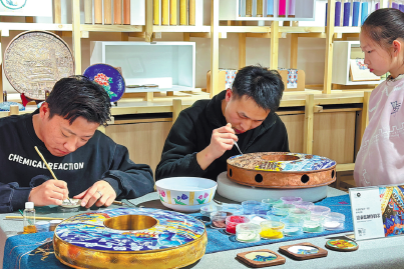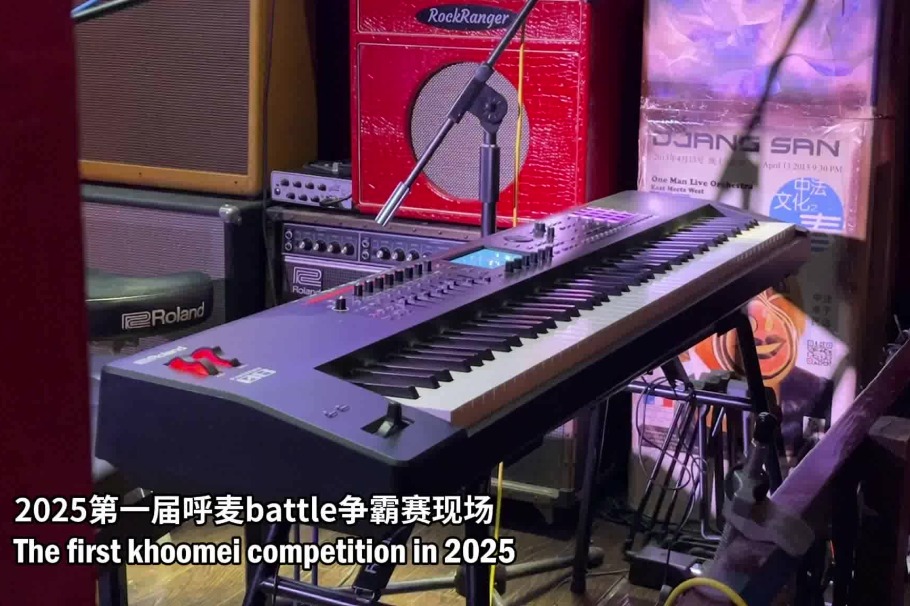Reshaping heritage gives buyers a sense of history
Fourth-generation practitioner shares ancient craft techniques that are evolving to attract younger generations, Yang Feiyue reports.

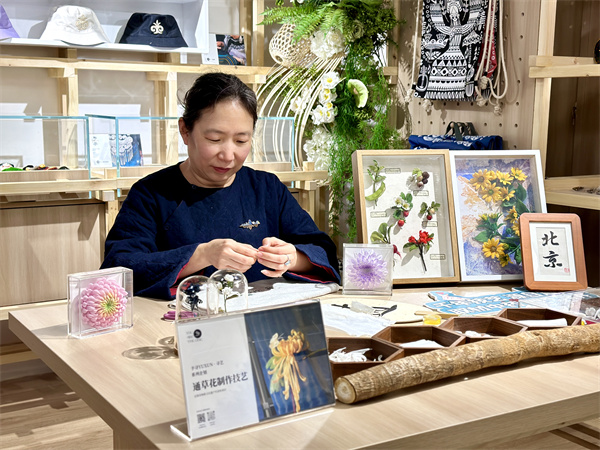
Jingxiu, also known as a palace or Beijing embroidery, originated in the capital city and flourished during the Ming (1368-1644) and Qing (1644-1911) dynasties as an exclusive craft for the imperial court, adorning royal robes, ceremonial objects and palace decorations.
"We carefully extract motifs from classical pieces of imperial embroidery, then reimagine them with modern aesthetics. For example, our gold-embroidered earrings and brooches are made from repurposed fragments of heritage patterns," Weng says.
At the shop, she presents items like a flying swallow pin, which was shaped first through traditional gold-wrapped thread embroidery — a luxurious Chinese needlework technique where real gold foil or gilded threads are meticulously coiled around silk strands — and then stitched the motif onto calfskin backing to create dimension.
"This transforms a museum-worthy technique into a lightweight, wearable pin. It's wildly popular because it turns heritage into something tangible and personal," Weng says.
The designer has worked with her team to research auspicious symbols and reinterpret them with contemporary relevance.
"Every piece carries forward ancestral craftsmanship while meeting modern demands for versatility and style," she says.
Her team has also used Chinese wordplay to create designs that resonate with younger generations, such as peach patterns for longevity and butterflies for arriving fortune.
The hurdles in the transition are technical and philosophical.
A single swallow requires 1-2 days of hand embroidery by masters with decades-long training, she says.
But the bigger leap was transforming 2D embroidery into 3D wearables. The team has experimented repeatedly to determine which backing materials to use to preserve luxury while ensuring comfort and how to scale craftsmanship without losing authenticity.
"Before, these stitches were behind glass. Now, when someone wears our swallow pin, they're not just accessorizing — they're keeping 600-year-old techniques alive through daily use. That's how tradition evolves to become relevant again," Weng says.
According to brand initiator Wang, while Yuxun initially operated as an online platform, the decision to establish a brick-and-mortar store was driven by the need to bridge the gap between digital browsing and tactile experience.
"Online, consumers were drawn to heritage-inspired creative products but often lacked the true sense of their textures, materials, and craftsmanship. The brick-and-mortar store solves this by offering hands-on interaction, allowing customers to appreciate the artistry up close," she says.
In the future, the shop's product selection will continuously adjust based on seasonal changes, consumer demand, and emerging trends.
"The exhibition area will frequently host different types of cultural showcases, from traditional craftsmanship to contemporary art, ensuring that the space remains a living, breathing testament to cultural evolution," Wang says.


